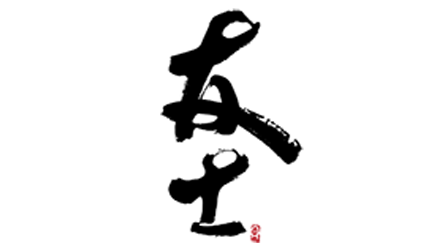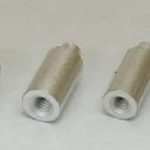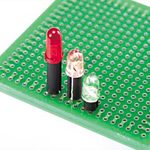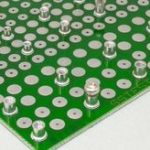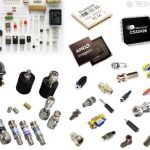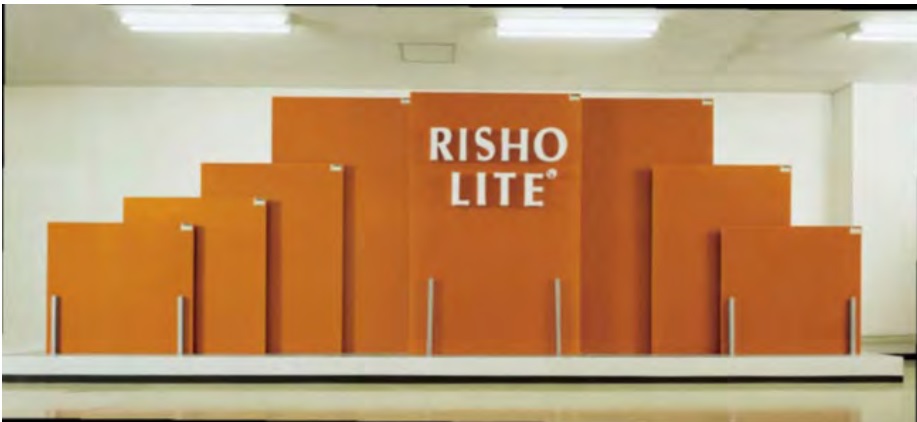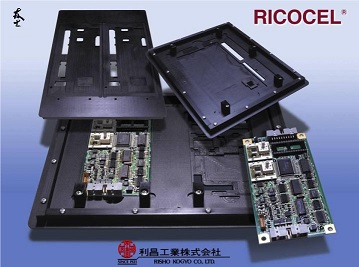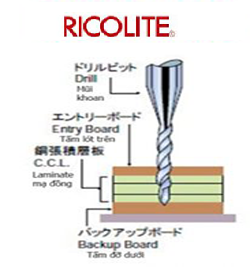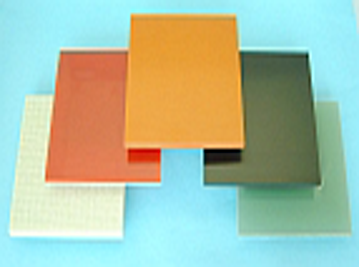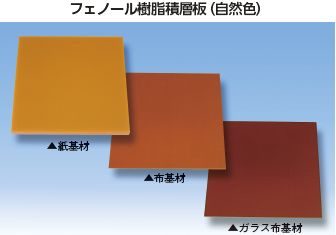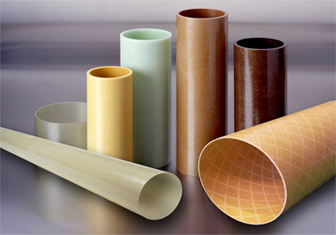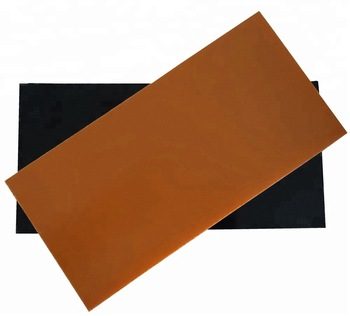Definition Of Reflow Soldering
Reflow Soldering is a process that uses a soldering paste. This will temporarily attach one or thousands of small electrical components to the contact pieces. They will help keep the entire heat resistant assembly under control. The solder will reflect in the molten state and create permanent welds. Heating can be done by transferring the assembly through a reheat or under an infrared lamp. In addition, individual joints can be welded with hot air pencils.
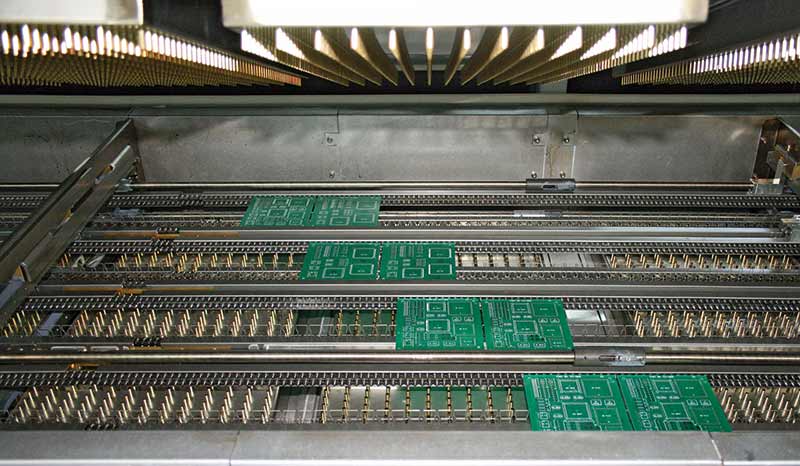
Application of reflow ovens.
Soldering heat chambers with long industrial convection ovens is often used on the surface of printed circuit boards or PCBs. Each segment of the furnace has a specified temperature according to the specific requirements of each combination. Reflow furnace is used to weld components mounted on the PCB surface. They can also be used for piercing parts. This method fills the holes with a solder paste and inserts conductive parts through the gluing part. However, wave soldering is a popular method for soldering parts through multiple lead holes. Some examples are through-hole connectors or high-specific specific-through parts. They are also used on a circuit board designed to be mounted on a surface.
Reflow Soldering is used on boards containing a mixture of SMT, PTH components and reflected through the hole. Sometimes they can be achieved with specific modification paper. That eliminates wave soldering from the assembly process, which helps to reduce assembly costs. Lead-free solder alloys such as SAC pose a challenge to the furnace temperature profile adjustment limit. At the same time the components through the dedicated hole must be welded by hand soldering wires. They cannot reasonably withstand the high temperatures directed at the circuit board as they move on the kiln conveyor. The reflow soldering of piercing components using a solder is called penetration welding.
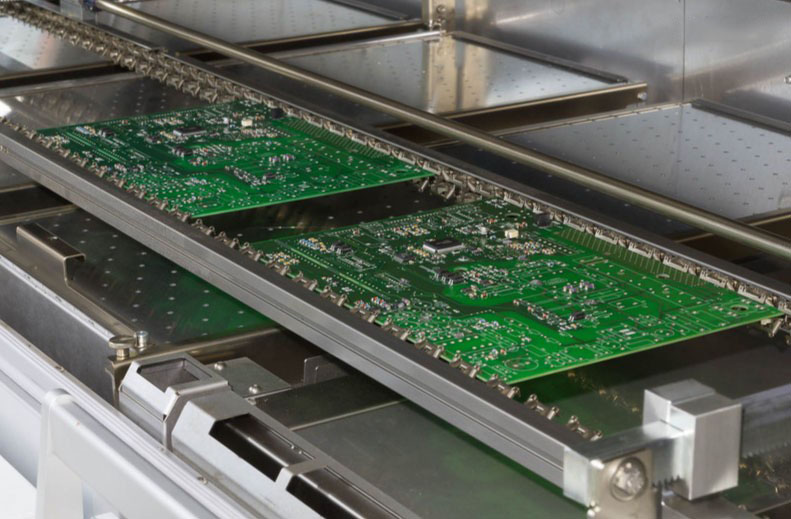
The objective of the welding process
The goal of the soldering process is for the solder to reach eutectic temperature. There the soldering alloy undergoes a liquid or molten state change. At this temperature range, molten alloys exhibit properties of adhesion. Molten solder alloy works as much as water. They have the properties of cohesion and adhesion. With enough flux, in a liquid state, the molten solder alloy will exhibit a property called “wetting”.
Wetting is a property of an alloy when within its specific eutectic temperature range. Wetting is a necessary condition for forming welds that meet the “acceptable” or “target” criterion. While “noncompliant” is considered to be defective under IPC.
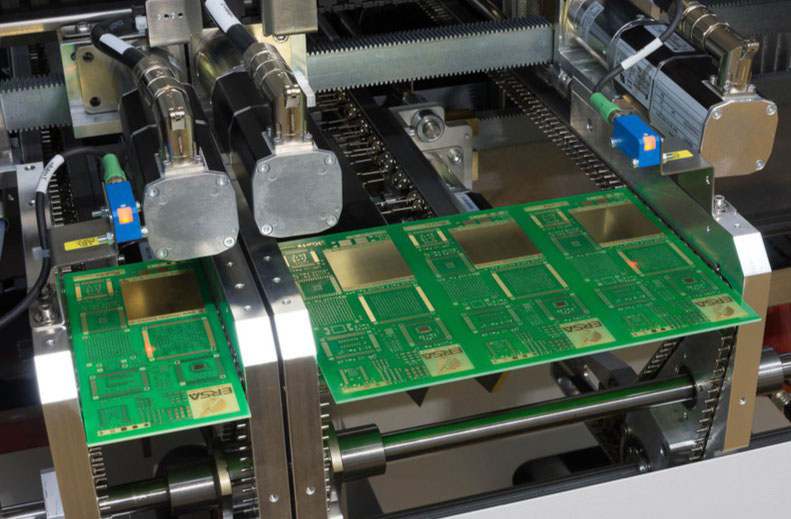
Reactor temperature
The reflector temperature profile matches the characteristics of a specific circuit board. Configuring the temperature for a specific circuit board will allow welding of soldering currents on adjacent surfaces. Otherwise overheat and damage electrical components beyond their heat resistance. In conventional molten welding, there are usually four stages, called “zones”. They are divided into: preheating, heat soaking, reflux and cooling.
Temperature control application for reflow ovens.
Use the DCL-33A temperature controller to control the temperature of the reflow furnace while the soldering process is done. The process is monitored by computer.

 VI
VI JP
JP 中文 (台灣)
中文 (台灣)